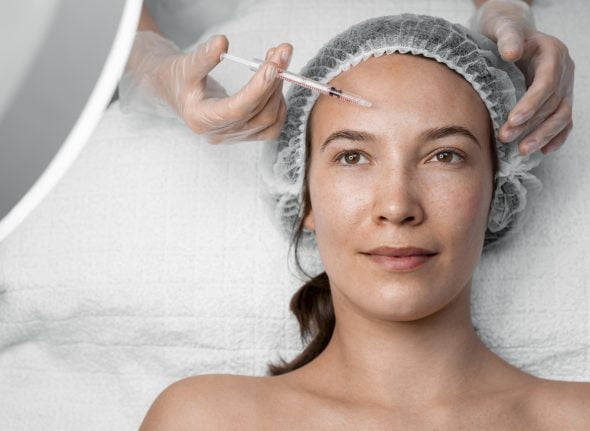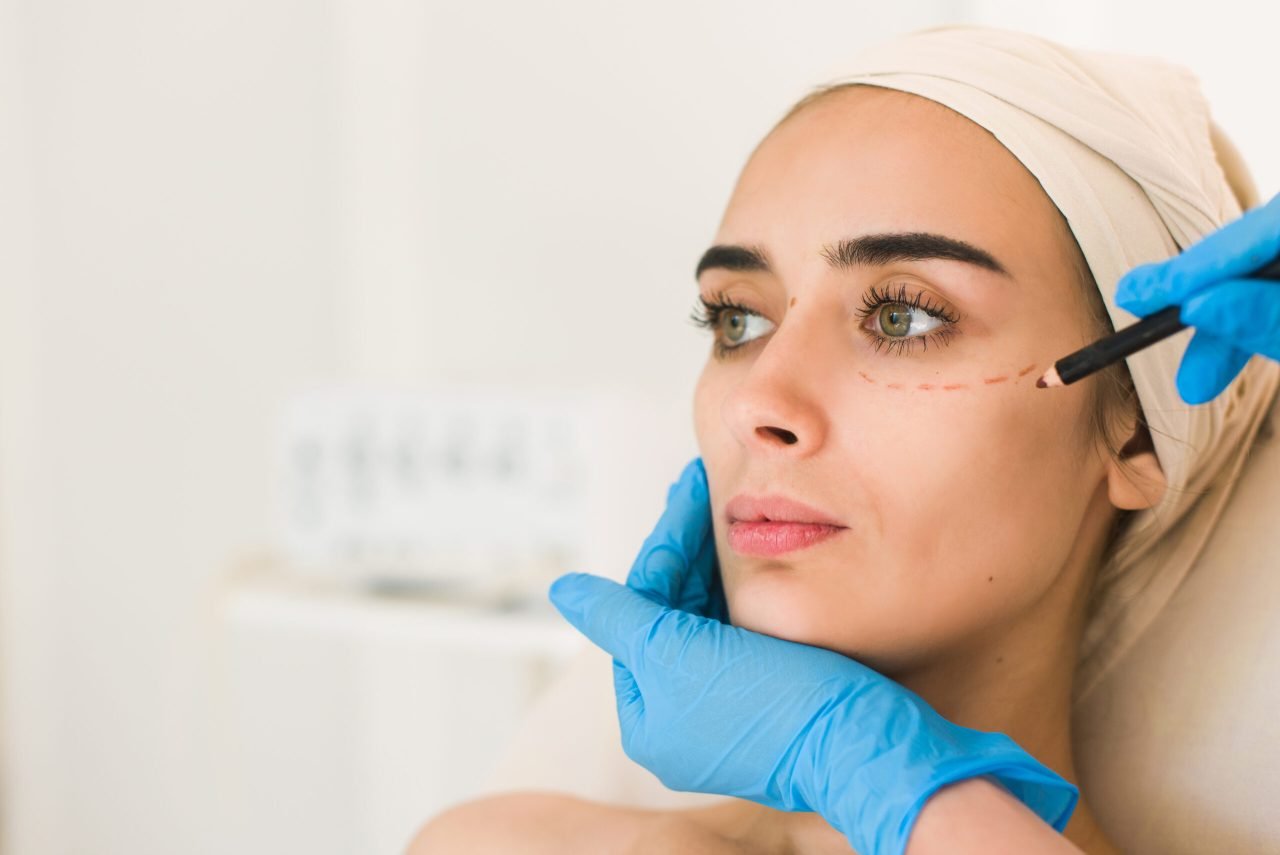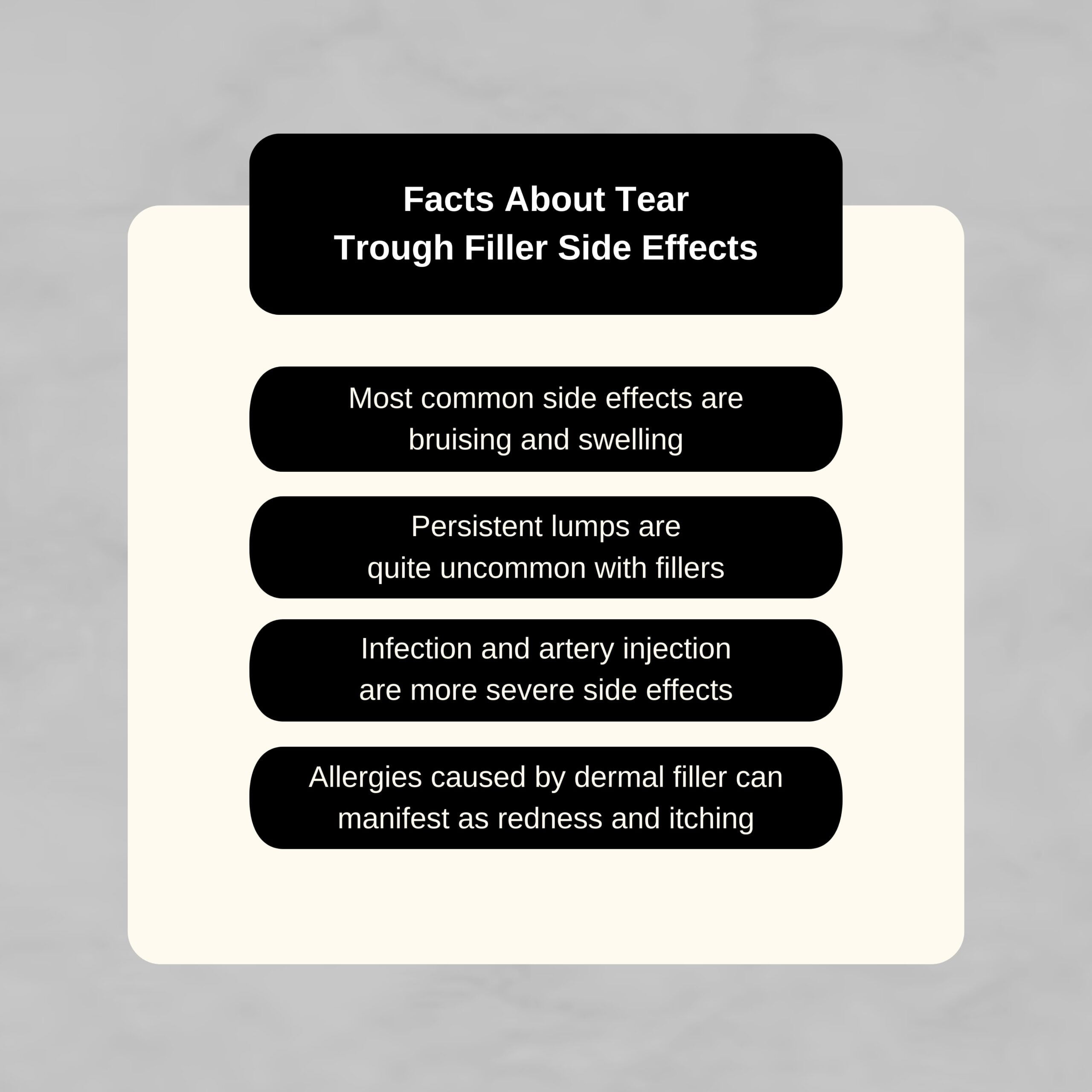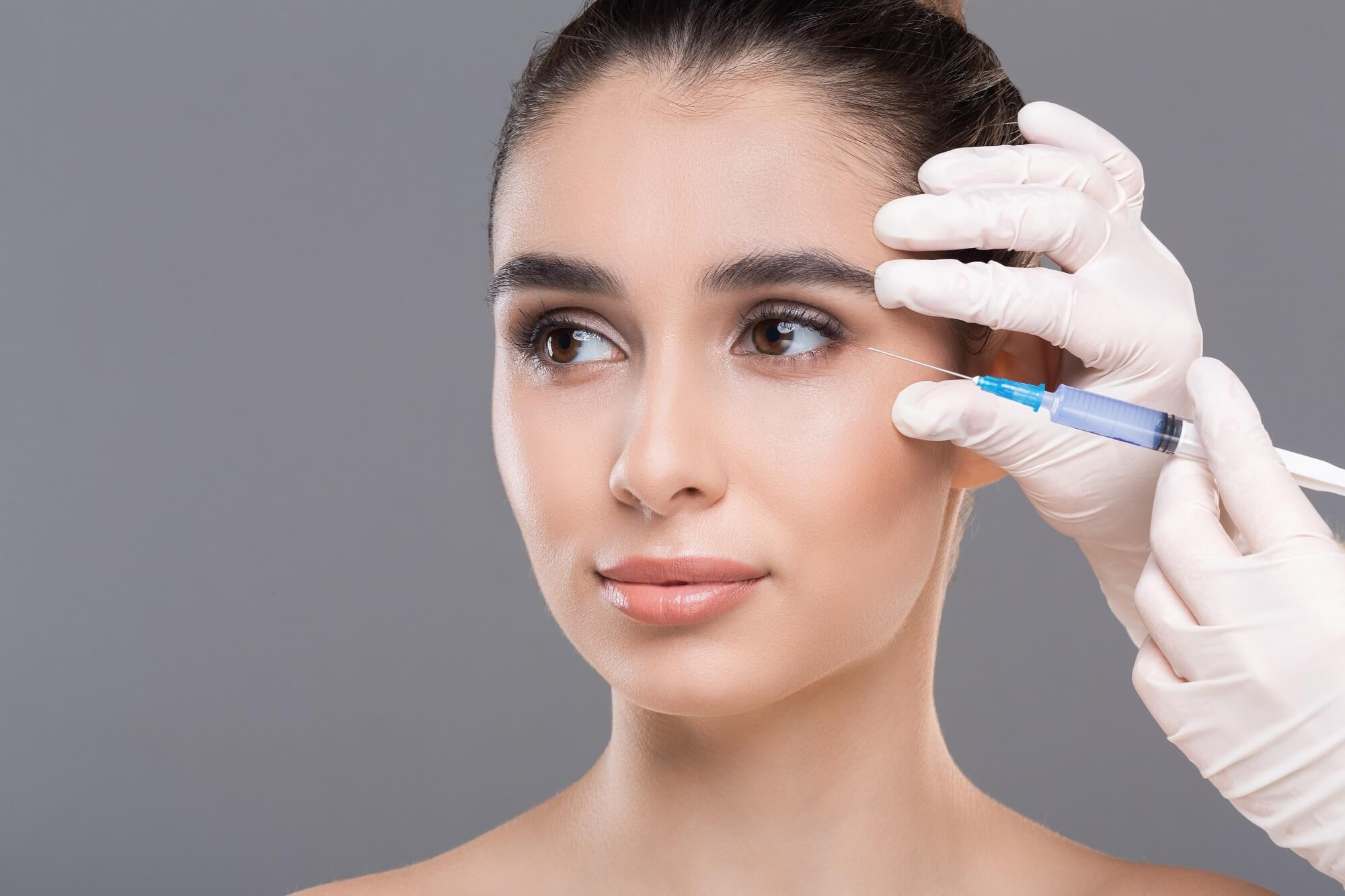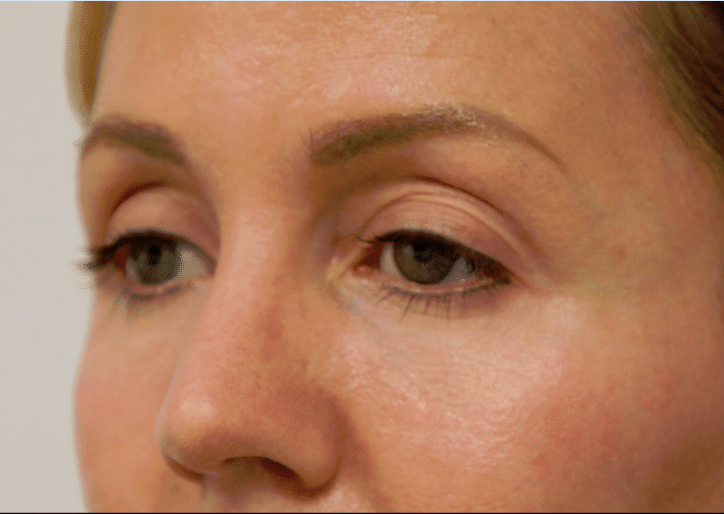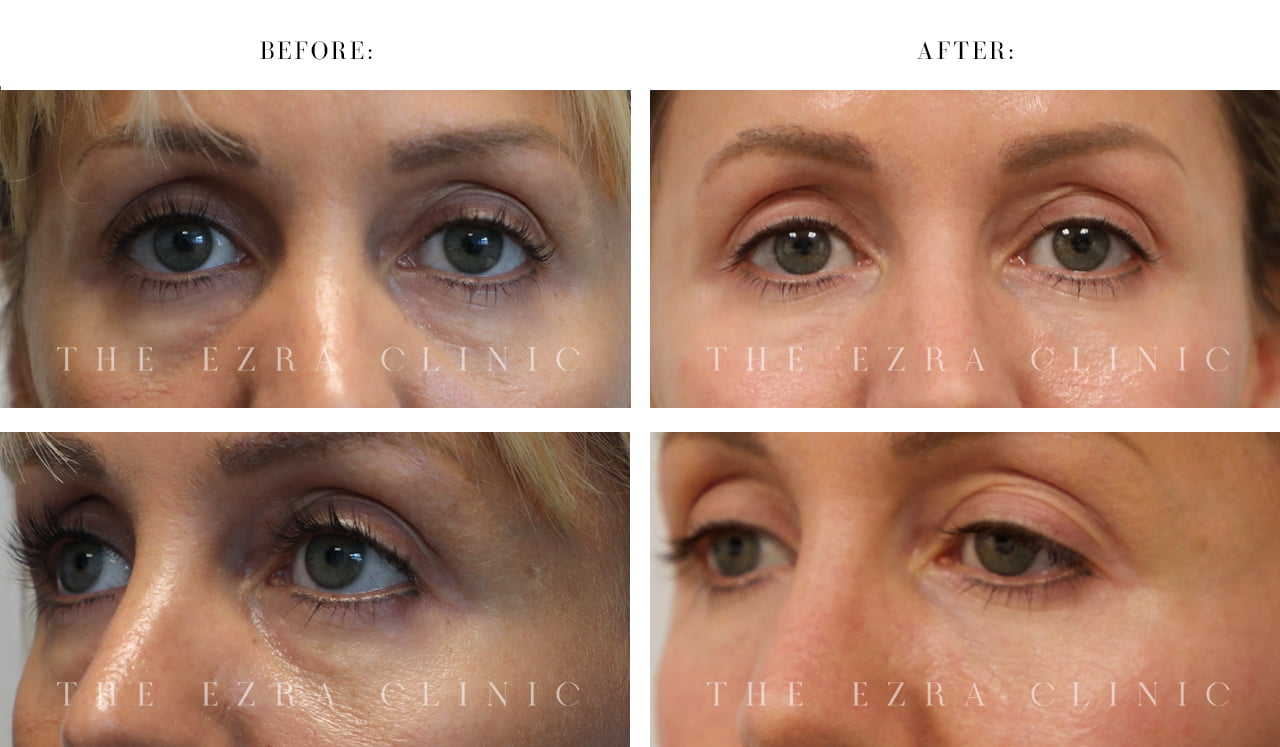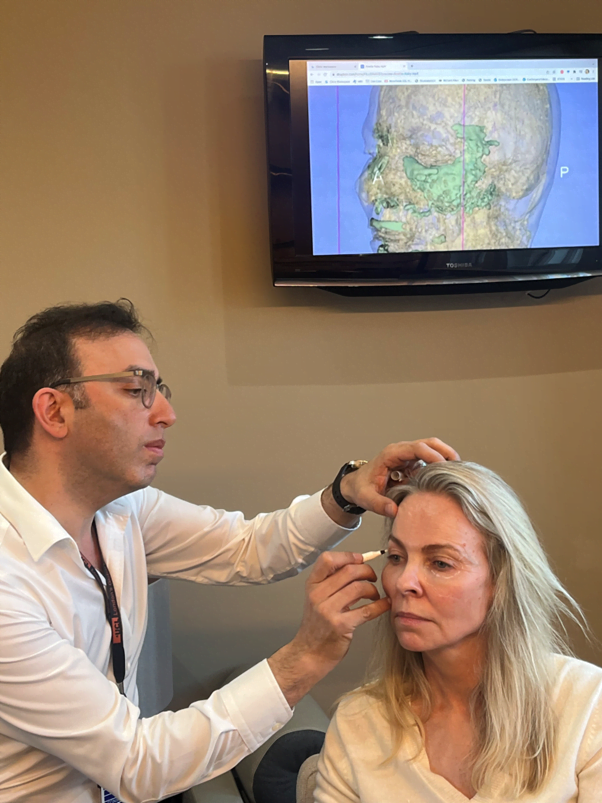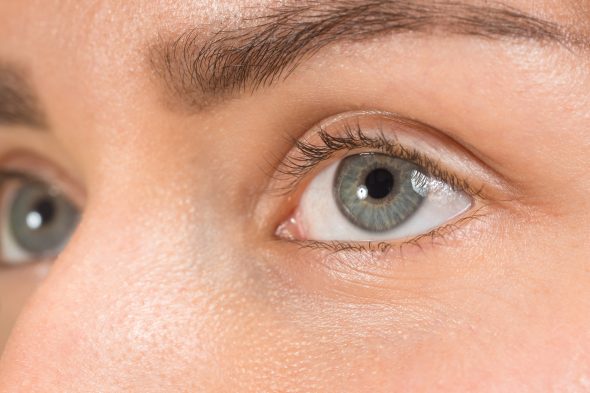6. Allergic Reactions
Allergies caused by dermal filler can manifest as redness, itching, swelling, or rash at the injection site.
If you experience any signs of an allergic reaction after hyaluronic acid dermal fillers, such as severe swelling or difficulty breathing, seek immediate medical attention. Allergic reactions should be taken seriously and addressed promptly by a healthcare professional.
At The Ezra Clinic, our experienced practitioners prioritise patient safety and take all necessary precautions to minimise the risk of allergic reactions during tear trough filler treatments.
7. Persistent Lumps
Nodules are small, firm bumps that can develop in the treated area. While nodules are relatively uncommon, they can occur due to various reasons, such as:
- Filler migration or clumping
- Inflammatory response to the filler substance
- Poor injection technique or improper placement of fillers
To minimise the risk of nodule formation, choosing a qualified and experienced practitioner who follows proper injection techniques and uses high-quality fillers is crucial. Regular follow-up care and communication with the practitioner are also essential to address concerns and monitor the healing process.
If you notice the development of nodules or any other unusual reactions after tear trough filler treatment, consult your practitioner for appropriate management.
8. Asymmetry
Due to the complex anatomy of the tear trough area, achieving perfect symmetry can be challenging.
While experienced practitioners strive to create balance and symmetry during the treatment, slight differences in the response of the tissues or the injection technique may result in subtle asymmetry.
Minor asymmetry is often natural and not a cause for concern. However, if you have significant or noticeable asymmetry after tear trough filler treatment and it bothers you, you should consult your practitioner.
9. Vascular Occlusion
Vascular occlusion is a rare but serious side effect that can occur as a result of tear trough filler treatments. It happens when the filler is inadvertently injected into a blood vessel or compresses a blood vessel, leading to restricted blood flow.
When vascular occlusion occurs, it can potentially cause severe complications, including tissue damage and necrosis. There are a few reported cases of blindness following filler injection and therefore it is essential that your practitioner has an in-depth understanding of anatomy and injection technique. There have been no cases of vascular occlusion or blindness at The Ezra Clinic. All surgeons are trained in treating these conditions and have hyalase on hand to dissolve any filler immediately if necessary.
Symptoms of vascular occlusion may include:
- blanching or pale discolouration of the skin
- pain
- appearance of small purple spots or patches
If you experience any of these symptoms after a tear trough filler treatment, it is important to seek immediate medical assistance.
10. Granuloma Formation
Granulomas are a specific inflammatory reaction that can occur in response to certain fillers. When the immune system detects substances that it perceives as foreign but cannot effectively eliminate, it attempts to wall them off, forming granulomas. This reaction is extremely unlikely with modern hyaluronic acid fillers and more common with non-biodegradable fillers.
Granulomas are characterised by the accumulation of immune cells at the injection site. They can be firm to the touch and may cause discomfort or pain. It’s important to note that granulomas develop several months to years after the filler injection rather than immediately.
The risk of developing granulomas can be influenced by various factors, including the type of filler used, the injection technique, and individual patient factors. Non-biodegradable fillers are more likely to trigger this immune response.
